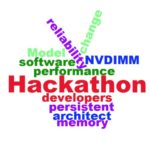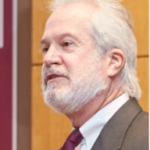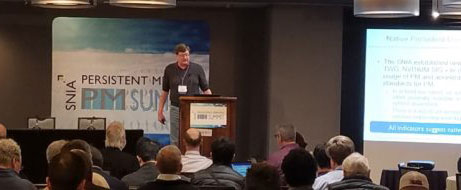
Leave it to Rob Peglar, SNIA Board Member and the MC of SNIA’s 7
th annual
Persistent Memory Summit to capture the Summit day as
persistently fun with a metric boatload of great presentations and speakers! And indeed it was a great day, with fourteen sessions presented by 23 speakers covering the breadth of where PM is in 2019 – real world, application-focused, and supported by multiple operating systems. Find a great recap on the
Forbes blog by Tom Coughlin of Coughlin Associates.
Attendees enjoyed live demos of Persistent Memory technologies from AgigA Tech, Intel,
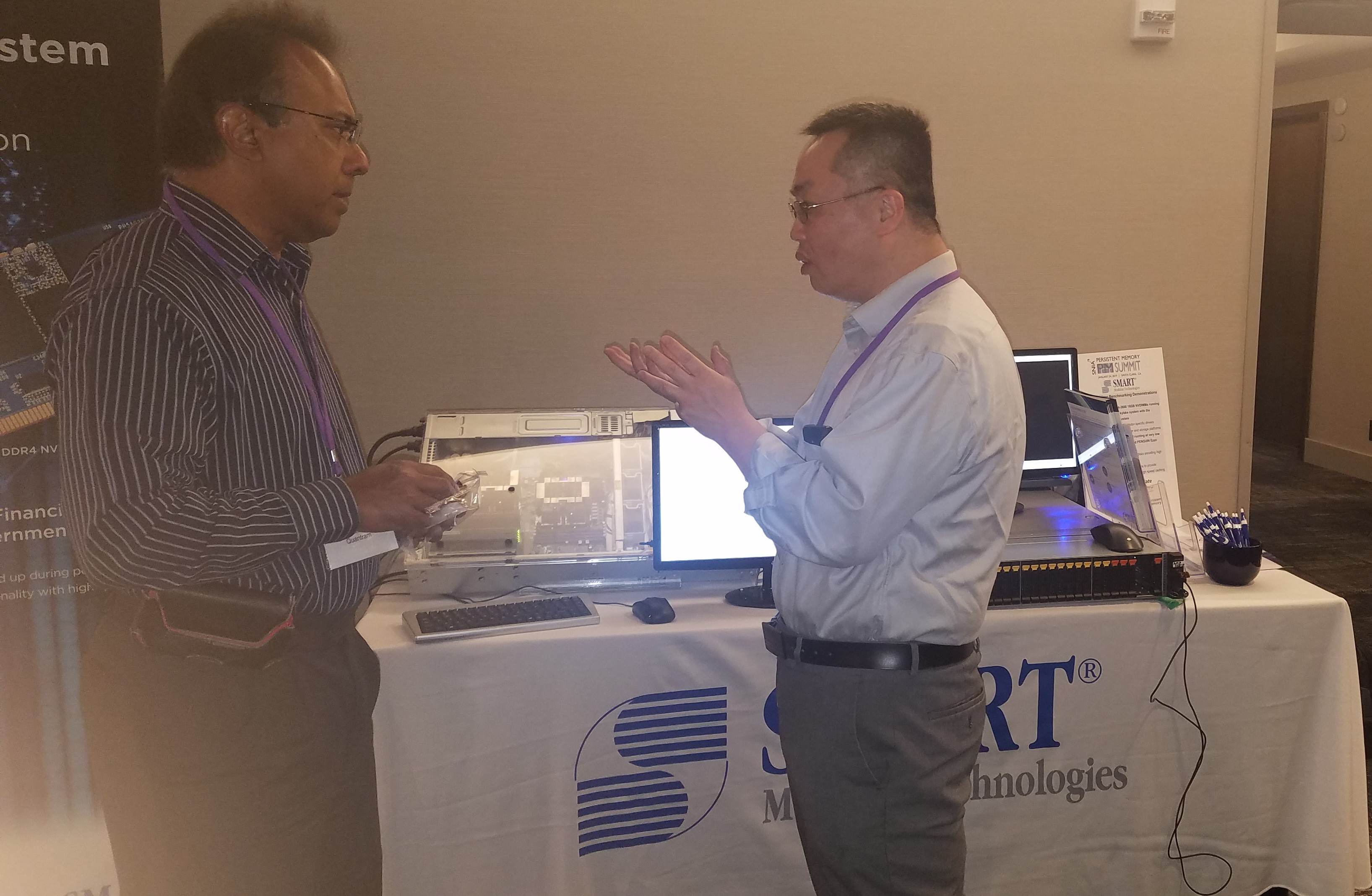
SMART Modular, the SNIA Solid State Storage Initiative, and Xilinx. Learn more about what they presented
here.
And for the first time as a part of the Persistent Memory Summit, SNIA hosted a Persistent Memory Programming Hackathon sponsored by Google Cloud
Read More
 The 2019 PIRL event features a collaboration between UCSD Computer Science and Engineering, the Non-Volatile Systems Laboratory, and the SNIA to bring industry leaders in programming and developing persistent memory applications together for a two-day discussion on their experiences. Read More
The 2019 PIRL event features a collaboration between UCSD Computer Science and Engineering, the Non-Volatile Systems Laboratory, and the SNIA to bring industry leaders in programming and developing persistent memory applications together for a two-day discussion on their experiences. Read More
 The 2019 PIRL event features a collaboration between UCSD Computer Science and Engineering, the Non-Volatile Systems Laboratory, and the SNIA to bring industry leaders in programming and developing persistent memory applications together for a two-day discussion on their experiences. Read More
The 2019 PIRL event features a collaboration between UCSD Computer Science and Engineering, the Non-Volatile Systems Laboratory, and the SNIA to bring industry leaders in programming and developing persistent memory applications together for a two-day discussion on their experiences. Read More
 Many followers (dare we say fans?) of the SNIA Networking Storage Forum (NSF) are familiar with our popular webcast series “
Many followers (dare we say fans?) of the SNIA Networking Storage Forum (NSF) are familiar with our popular webcast series “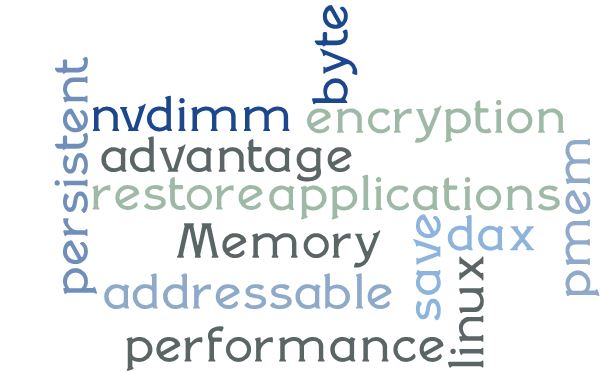 You can catch up on videos of Summit talks, along with the slides presented,
You can catch up on videos of Summit talks, along with the slides presented, 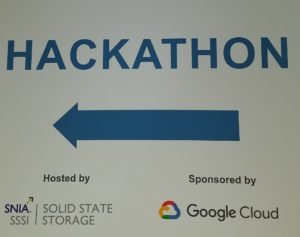
 Leave it to Rob Peglar, SNIA Board Member and the MC of SNIA’s 7th annual
Leave it to Rob Peglar, SNIA Board Member and the MC of SNIA’s 7th annual 
